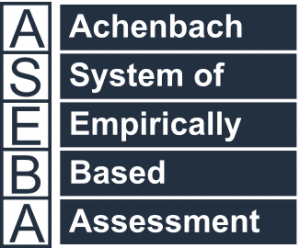Technical Support for ASEBA® Software Products
Why are some items such as Sleep Problems and Repeats Acts loading on the school-age Thought Problems scale?
As detailed on pages 81-90 of the Manual for the ASEBA School-Age Forms & Profiles (Achenbach & Rescorla, 2001), the syndrome scales (including Thought Problems) were statistically derived by factor analyzing 11,982 CBCLs, TRFs, and YSRs completed for clinically referred and nonreferred children who had Total Problems scores at or above the U.S. median for their age, gender, and the type of informant.
Each syndrome embodies a pattern of problems that were found to co-occur in the CBCL, TRF, and YSR ratings. Labels such as Thought Problems summarize the main content of a syndrome without implying inferences about whether a child has, for example, hallucinations or delusions. If you are evaluating a child who has a score in the borderline or clinical range on the Thought Problems scale, you should look at the Thought Problems items displayed on the profile to see which ones were rated 1 or 2 by each informant. If “hears sounds or voices that aren’t there (describe)” and/or “sees things that aren’t there (describe)” are endorsed, you should look at what the respondents have written in the space for describing the problem. You can then decide whether clinical evaluation is warranted to investigate the basis for these ratings.
The loadings of each item, including sleep problems, can’t get mind off certain thoughts, etc., are empirically derived factor loadings (shown on pages 211-215 of the Manual) that operationalize the patterns of problems identified in parent, teacher, and self-ratings. The loadings are not based on a priori assumptions about the co-occurrence of particular problems.
